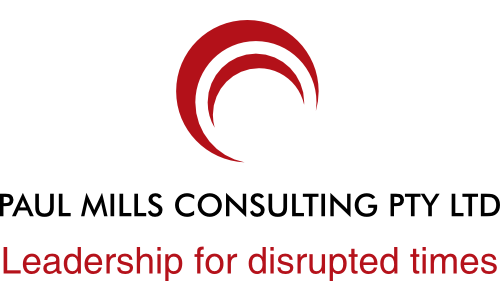A White Paper was published by the Center for Creative Leadership in 2014 (Ruderman, Clerkin and Connolly), exploring leadership development in the emerging world of disruptive change, and the need to move beyond competency frameworks towards holistic development of future leaders. The paper struck a cord, as I have seen the production of countless competency frameworks in organisations many of which reflect leadership development needs of the past or present, but rarely take account of where the future is taking us. In some cases, especially where broad business or organisational consultation is expected, the framework itself can be months is the making, not to mention the development tactics that need to follow. In the meantime, talent is more mobile than ever before and there are ever increasing expectations of what organisations do to support the leadership aspirations of so called 'high potentials'.
The White Paper from CCL holds that the world of neuro-science will play an increasing role in development of leaders, the challenge being how to commoditise what is highly technical into something meaningful and practical as part of talent development. Competency frameworks may have a part to play, but not to the extent that it has been emphasised in OD practice in the past. Use of psychometric is another element, with tools such as the Hogan BASIS and Insight reports (Hogan Assessments) playing an increasingly important role globally in executive selection, talent assessment and development through executive coaching and first 90 days planning, forming a critical connection with talent programs.
We know from the current research that comfort with ambiguity and complexity are two critical leadership skills of the future, combined with strong change leadership capability and resiliency. Organisations are being disrupted continually, and the public sector, perhaps the strongest bastion of Competency Frameworks in the past, is being challenged to think differently about what the future may hold and how they need to act now to prepare future leaders. Beyond Competency Frameworks of course, many organisations also use the nine box performance/potential matrix to assess talent and evolve appropriate development solutions. This tends to reinforce a here and now, rather than future state assessment, and thus limit the capacity for a more holistic assessment of the individual and their relative merits for advancement.
A senior leader I have been working with for some years now recently reminded me of the notion of 'helpful ambiguity'. He was referring to his view on talent assessment, and a desire to retain some subjectivity in assessment of individuals around their potential. I guess he was also sensing that a more prescribed process of putting people into boxes did not always do that individual justice, especially when bound by prescriptive measures in competency assessments (current performance) and being bound to one paradigm around what constitutes future potential. For what its worth, I have always taken a view that learning agility is the key the future leadership potential, something I argued during my Key Note Address at the AHRI Conference in Darwin in 2014.
Learning agility talks to an individual's capacity for learning and growth, being defined by such things as an openness to receiving and responding to feedback, being comfortable with change, being a self starter around development opportunities and experience, taking risks in the spirit of development and forming relationships and collaborating towards learning. An agile learner in other words, will continue to challenge themselves around the lessons learned from experience, and will respond to changes in the environment by quickly navigating the skills and knowledge that will make them effective.
Don't get me wrong, a framework like a competency or capability framework, or a talent assessment framework like the Performance-Potential Matrix, is a great way to start the conversation around talent assessment, but as the world gets more complex a more holistic approach may need to be considered. In particular, we need to consider what role subjective or intuitive input can play beyond what can be analysed in the traditional sense. In other words, a place for helpful ambiguity when considering talent assessment. Naturally, helpful ambiguity raises some risks to be managed, including prevailing unconscious biases in decision makers, as well as ambiguity being used as code for pushing a particular agenda. These risks are traditionally associated with any perception-based feedback or assessment process, and it would be impossible to remove them altogether.
A final consideration relates to the lessons learned from experience. At CCL as part of their legendary Key Events Study(Lindsey, Homes and McCall, 1987)some years back, it was found the 61% of learning for managers through to executives relates to hardships, set-backs, challenging assignments, missed promotions and the like. In those moments of set back, in other words, the opportunity for learning is high provided that the individuals has an intention to do so. These learnings can often reflect as the scars along the way, painful moments that can have a profound impact. If fail fast is the mantra of the day, perhaps an effective, holistic talent program needs to actively provide opportunities for these moments, rather than simply being locked into a talent assessment framework that relies primarily on lag data to form conclusions about talent.
Why not start a conversation today about talent assessment with Paul Mills Consulting?




